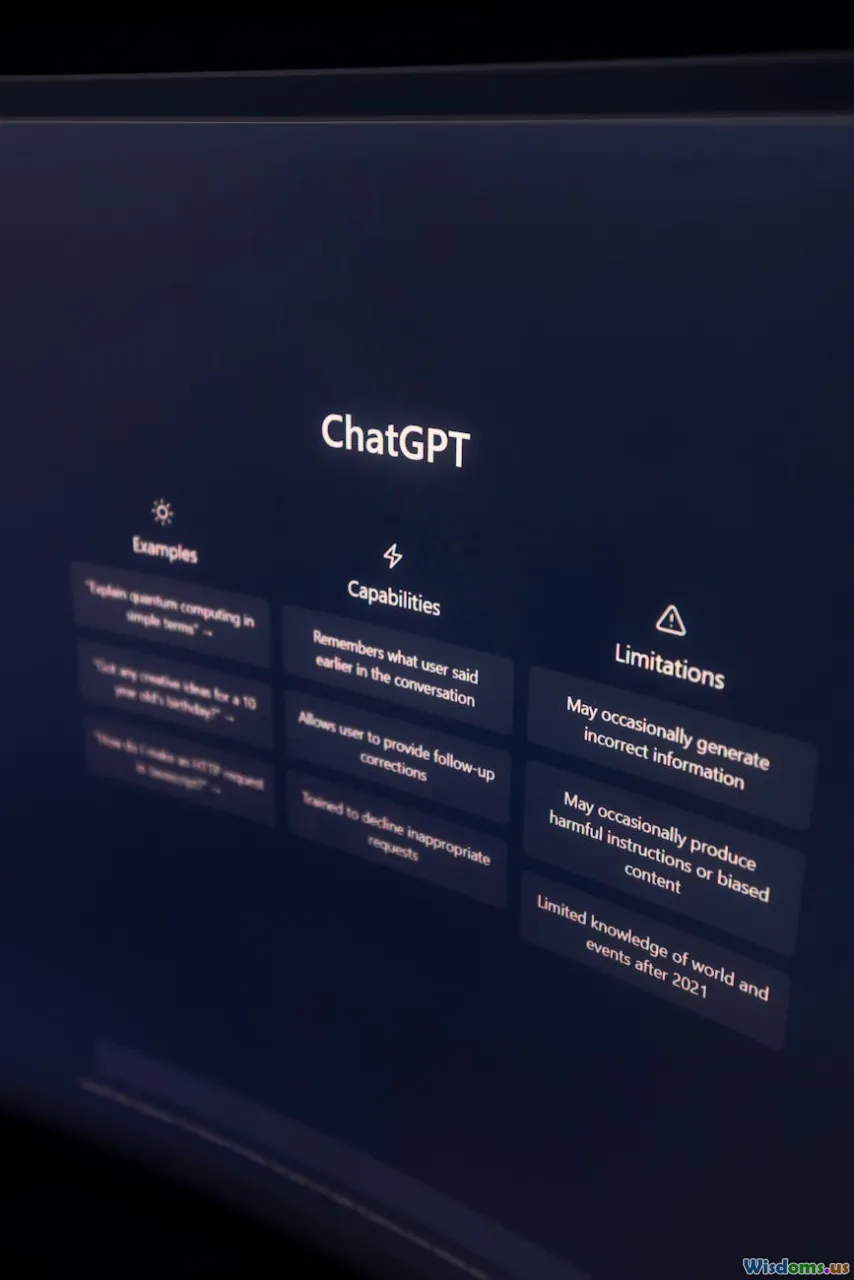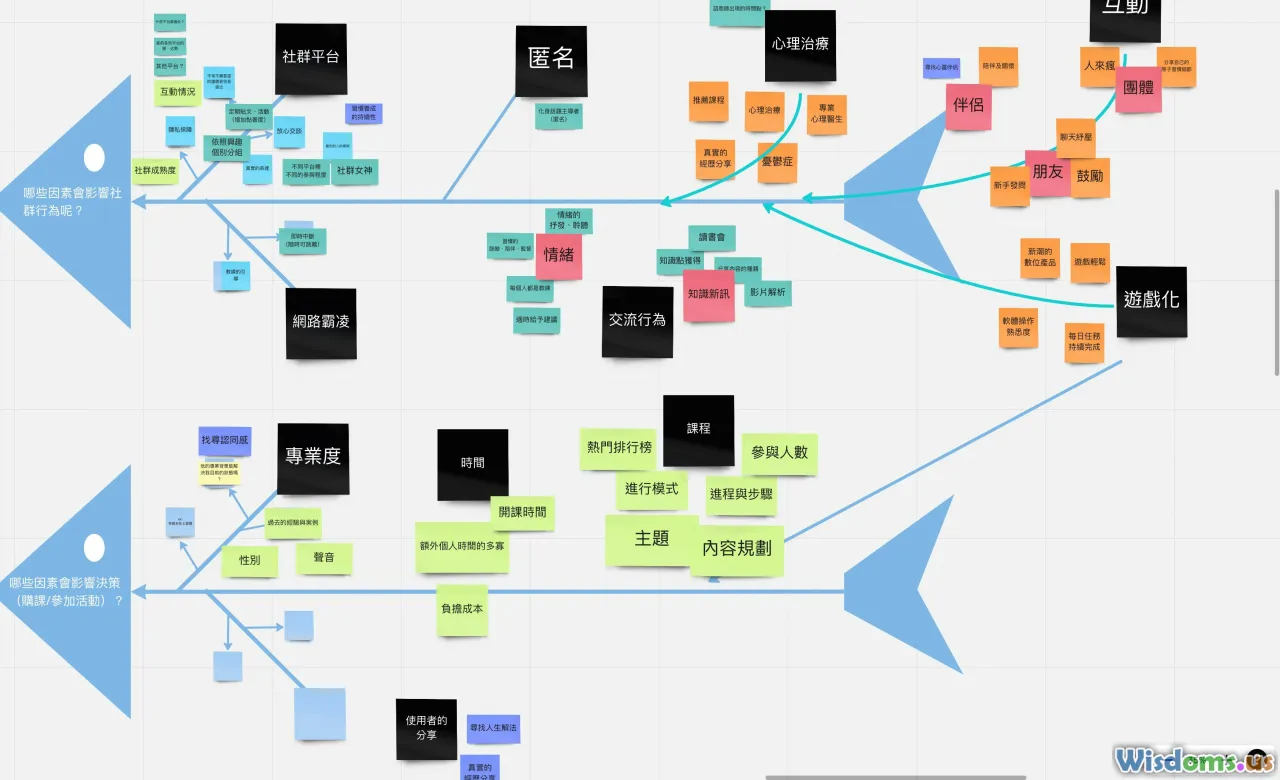
Hidden Costs of Serverless Computing in AI Automation
16 min read Explore the overlooked expenses in serverless computing for AI automation projects, including performance, scalability, and vendor lock-in implications. (0 Reviews)
The Hidden Costs of Serverless Computing in AI Automation
Imagine launching a project with no need to provision servers, all while benefiting from the scalability and agility that serverless computing promises. For AI automation, these features shine: rapid experimentation, easy scaling, and only paying for what you use. But beneath these alluring benefits, hidden costs lurk—costs that can impact your budget, timelines, and even the reliability of your applications.
This article unveils the less-discussed complexities and “gotchas” associated with serverless in the context of AI automation. Read on to empower your next serverless AI solution with realistic insight and actionable strategies.
Scalability—Blessing or Budget Buster?

One of serverless computing's greatest advantages—automatic and granular scalability—can secretly inflate costs, especially with resource-hungry AI models.
The Cost Pattern
For cloud providers like AWS Lambda, Azure Functions, or Google Cloud Functions, billing is typically based on the number of invocations and the execution time, not on provisioned resources. This on-demand model works excellently for low-to-moderate traffic. But, when you feed in AI workloads—think inference for every request or real-time image analysis—invocation counts and runtime can escalate quickly and unpredictably.
Example:
A retail app uses AWS Lambda to process user-uploaded images for product tagging. During a seasonal campaign, daily uploads spike from hundreds to tens of thousands. Invocation costs leap accordingly. Because AI models (e.g., image classifiers) are typically heavier than simple business logic, each function runs longer and consumes more memory. The seeming per-use economy gives way to sticker shock at billing time.
Tip: Monitor invocations and optimize AI models for speed and resource usage. Employ throttling or batching to avoid wild swings in usage.
Cold Starts and Latency—Time Is Money

Every serverless function has a "cold start"—the time taken to initialize a new container for code execution if no warm instance is present. For lightweight code, this is a minor hiccup. But loading large AI frameworks (like TensorFlow or PyTorch) can dramatically increase cold start durations.
Impact on Costs and Performance
For AI automation, latency directly affects user experience, and prolonged response times may degrade your application's reliability or force compensation with technical Band-Aids (like provisioned concurrency, which itself costs more).
Real-World Insight:
Deploying an NLP model using Azure Functions, a machine learning consultancy observed median cold-start times jump from ~200ms for simple scripts to over 6 seconds for functions importing large language models. To guarantee predictable response times for critical customer queries, they had to enable Azure Premium Functions (with always-on instances), shifting from a cost-saving pay-as-you-go to a steady, higher bill even during off-peak times.
Advice: Profile your AI models' startup time in your chosen serverless provider. Consider model size optimization and preloading tactics—but weigh the operational cost of always-on capacity.
Resource Limitations—Bottlenecks in AI Execution

Cloud functions have tight constraints on memory allocation, CPU time, and disk I/O. For AI workloads—especially real-time inference—the adequacy of these ceilings is often overestimated.
The Problem in Practice
- Memory: Models for NLP or computer vision can easily exceed typical serverless memory limits (e.g., 3GB in AWS Lambda as of 2024).
- CPU Performance: Training jobs are incompatible with serverless in most cases, but even inference can suffer if models aren't trimmed or pioneered for edge scenarios.
- Storage: Models need to be loaded from object storage or bundled with the function, risking timeouts or bloated deployment artifacts.
Example: A logistics firm set up AI-based shipment route optimization using Google Cloud Functions. Constraints in function runtime (9-minute max) and memory forced them to break problems into multiple chained functions. This increased code complexity and debugging overhead, all while exceeding baseline expectations for total cost and performance.
Actionable Tip: Audit your AI workload's hardware and memory needs before choosing serverless. Consider using lightweight architectures (like TensorFlow Lite), pruning model parameters, or relying on external AI inference APIs for heavy-duty scenarios.
Debugging and Observability—The Hidden Engineering Price

AI automation systems are rarely static: models need updating, data can drift, and error modes evolve. Observability—your ability to detect issues, trace traces, and debug—becomes harder (and costlier) with the ephemeral, distributed nature of serverless.
Logging and Tracing Woes
Unlike traditional servers, serverless containers may disappear after serving requests. Logs need to be externalized, indexed, and scrupulously monitored. AI errors are often data-dependent, surfacing erratically in workloads.
Example: A fintech startup using AWS Lambda for fraud detection discovered delayed error reports due to fragmented logging. Aggregators like AWS CloudWatch charged for volume storage, and tracing executions involving chained functions increased Lambda and monitoring costs.
Advice: Budget for commercial observability tools or managed logging. Employ distributed tracing to catch cross-function and intermittent bugs—especially when working with complex inference pipelines.
State Management and Orchestration—Costly Workarounds

By design, serverless functions are stateless. Yet AI automation workflows often require stateful processing—chained steps, persistent predictions, or staged data enrichment. This adds new cost factors.
Chained Functions—and the Price of Glue
Orchestrating state through cloud-native solutions (like AWS Step Functions or Cloud Composer) is common but far from free.
Scenario: In a medical diagnostic AI platform, test results are passed through a sequence of analysis, post-processing, and user notification steps, each as a serverless function. Each state transition incurs separate execution and state storage costs. The coordination overhead—both technical and billing—can become significant compared to a well-managed monolith or containerized workflow.
Action Tip: Map your automation workflow. Estimate the cost per function execution and per orchestration step. Sometimes, adopting a container orchestration platform (like AWS ECS/Fargate or Kubernetes) for complex stateful AI workflows makes more sense financially and operationally.
Egress Fees and Hidden Data Transfer Costs

Serverless functions frequently interact with external data sources to shuttle predictions or consume enriched data. Cloud providers love to tout zero-cost internal traffic, but crossing service or cloud boundaries can accrue substantial egress fees.
The Unseen Bill
- AI workflows involving video or image files may transfer gigabytes between object storage, function containers, and external APIs.
- Serving AI predictions to edge devices or external clients triggers outbound bandwidth metering (e.g., AWS charges $0.09/GB after free usage tiers).
Case Study: An e-commerce company realized that monthly costs spiked by 40% when a recommendation AI system started pushing data to a third-party marketing analytics SaaS, all via serverless event triggers.
Suggestion: Model your anticipated data flow end-to-end. Where possible, collocate storage, compute, and API endpoints in the same availability zone or cloud provider. Cache intermediate results and avoid redundant data movement.
Vendor Lock-In and Migration Costs

Choosing a serverless architecture often means tightly coupling your code to specific APIs, monitoring stack, and eventing systems. Migrating from AWS Lambda (with unique event sources and payload structures) to Azure Functions or an on-prem solution can be daunting—especially if you’re deep into production and supporting evolving AI models.
Migration Magnified for AI
- AI inference often integrates with vendor-specific ML tools (e.g., AWS SageMaker endpoints, Google AI Platform Pipelines).
- Security, authentication, and deployment methods differ between platforms. Moving AI workflows can entail months of refactoring, retraining, and additional QA.
Example: A marketing firm—after building a lead-scoring platform on Google Functions and using Firebase and Vertex AI—was acquired and required to transition workloads to Azure. The estimated migration cost and effort negated prior serverless cost savings.
Advice: Mitigate lock-in by choosing open-source AI frameworks, abstracting business logic behind facades or API layers, and budgeting for possible migration years in advance.
Security Observability—Pricier Than It Appears

While serverless platforms offload some operational security (patching, hardware isolation), they push new challenges in runtime monitoring, fine-grained IAM (identity/access management), and compliance tracking.
Security Complexities
- Serverless functions often involve fine-grained IAM roles. Misconfigured permissions can lead to data leaks or costly breaches.
- Event-driven triggers (such as S3-create events) expand the attack surface—all actions and AI predictions are potential entry points.
- Maintaining model provenance and audit trails (critical for regulated AI applications like healthcare) may require extra logging, encryption, and storage, all contributing to operational costs.
Action Item: Treat security as a first-class citizen. Invest in security observability—runtime alerts, IAM role analyzer tools, and encrypted message passing—even if those add to monthly bills.
Model Lifecycle Management—Unpackaged Complexity

AI automation lives or dies by model lifecycle management: versioning, deployment, rollback, and live updates. In serverless, seamless CI/CD for code rarely extends cleanly to large, versioned model artifacts.
The Hidden Time Sink
Many teams discover too late that integrating robust ML Ops (e.g., model registry, canary rollout, automatic retraining) requires custom workarounds or paid services.
- Bundling large models with code leads to deployment bloat, slow cold starts, and unreliable updates.
- Externalizing model storage and retrieval adds latency and dependency on object storage fees.
Example: A news organization updating NLP models to catch breaking topics had to implement dual-deployment orchestrations (old/new model side-by-side) since serverless only supported "atomic" function versioning. This doubled storage and increased cognitive load.
Suggested Practice: Plan for ML Ops as a suite of externalized tools. Use dedicated model registries, automate storage/model invalidation policies, and budget for the extra management and storage overhead upfront.
Practical Strategies to Contain Hidden Costs

Awareness of hidden costs is a first step. Here’s how innovative teams build efficient, cost-predictable serverless AI solutions:
- Optimize Model Footprint: Prune models, use quantization, or leverage on-demand smaller models for less critical inference tasks.
- Profile End-to-End: Before committing to serverless, run targeted cost simulations and cold start benchmarks for every AI function.
- Auto-Scale Conservatively: Implement throttles, quotas, and graceful-degradation logic to avoid runaway costs during load spikes.
- Batch and Cache: Batch requests where latency is secondary (e.g., notifications). Cache results aggressively to minimize redundant inference.
- Invest in Observability: Use end-to-end tracing, monitor invocation patterns, and set alarms for anomalous billing events.
- Design for Portability: Separate business logic, use containerized models (via serverless containers), and stay loosely coupled to vendor-specific APIs.
- Plan Beyond Just Code: Include orchestration, security, data transfer, and ML ops in your scoping and budgets.
Future Outlook—Balancing Agility with Foresight

Serverless can be transformative for AI automation, democratizing access, simplifying experimentation, and giving birth to use cases otherwise out of reach.
But as with all engineering decisions, the true ROI emerges only with clear-eyed evaluation of both visible and invisible factors. By uncovering and proactively managing the hidden costs—from scalability runaways to migration roadblocks—you can harness the revolutionary powers of serverless with fewer nasty surprises.
Ultimately, success in serverless AI automation is measured not just by how little code or infrastructure you maintain, but by how sustainably you deliver value—financially, operationally, and ethically.
Rate the Post
User Reviews
Popular Posts

















